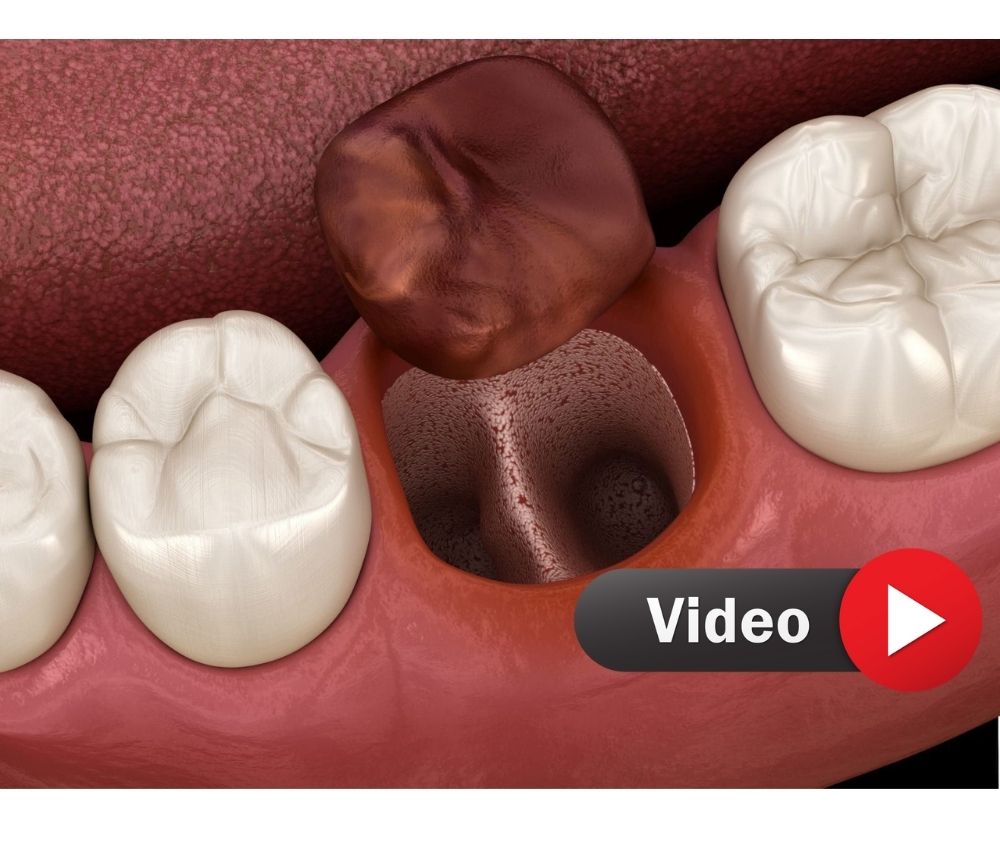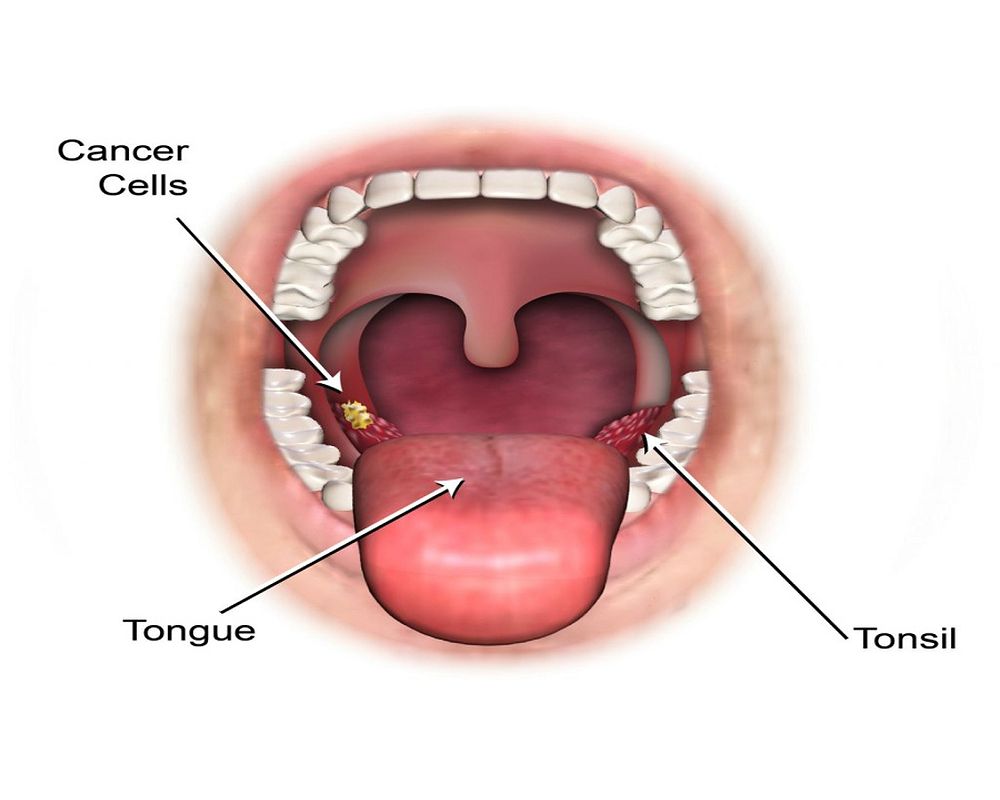Dry socket, or alveolar osteitis, is one of the most common and painful complications following tooth extraction—particularly of mandibular molars. It occurs when the post-extraction blood clot is dislodged or fails to form properly, exposing the underlying bone and nerves.
📌 Recommended Article :
Video 🔽 Tooth Extraction Aftercare Tips ... Before extracting a tooth, the dental surgeon must instruct the patient on pre and post operative care. These recommendations are intended to protect the wound and the healing processPreventing dry socket is a key responsibility shared by both dental professionals and patients, involving proper surgical technique, patient education, and targeted pharmacological management.
Advertisement
✅ What Is Dry Socket?
Dry socket is a localized inflammation of the alveolar bone following the loss or breakdown of the blood clot in the socket. It typically occurs 2 to 5 days after extraction and results in intense pain, delayed healing, and possible infection.
📌 Recommended Article :
PDF 🔽 Guideline on Pediatric Oral Surgery ... Radiographs can include intraoral films and extraoral imaging if the area of interest extends beyond the dentoalveolar complex✅ Signs and Symptoms
Key clinical features include:
° Severe, throbbing pain that radiates to the ear, jaw, or temple
° Empty-looking socket with exposed bone
° Foul odor or bad taste in the mouth
° Partial or total loss of the blood clot
° Swollen lymph nodes or low-grade fever (less commonly)
Radiographically, no bone destruction is observed, but clinically, the socket appears dry and inflamed.
📌 Recommended Article :
Video 🔽 How To Prevent A Dry Socket ... At the time that the surgical procedure is completed, the surgeon must instruct the patient on the care that must be taken to avoid an infectious process✅ Risk Factors
° Smoking or tobacco use
° Poor oral hygiene
° Use of oral contraceptives
° Traumatic or complicated extractions
° Previous history of dry socket
° Improper post-op instructions or non-compliance
📌 Recommended Article :
Video 🔽 How is a palatine torus removed? - Step by Step ... The surgical procedure is ambulatory, under local anesthesia, and the postoperative period does not save any major complications as long as you follow the professional's instructions and recommendations✅ In-Office Prevention Strategies
1. Atraumatic Surgical Technique
° Minimize trauma to the bone and surrounding soft tissue
° Use copious irrigation during extraction to avoid heat-induced bone damage (Bjørnland et al., 2010)
2. Socket Debridement and Saline Irrigation
° Gently irrigate the socket post-extraction to remove debris or bacteria
° Avoid aggressive curettage
3. Antimicrobial Agents
° Application of 0.12% chlorhexidine gel or rinse has shown significant efficacy in reducing dry socket incidence (López-Carriches et al., 2006)
4. Medicated Dressings (when needed)
° Use of eugenol-based pastes in high-risk patients can provide protection and antibacterial effect
5. Proper Suturing
° If appropriate, sutures help stabilize the clot and reduce risk of contamination
📌 Recommended Article :
Dental Article 🔽 Antibiotic Prophylaxis in Pediatric Dentistry: When and How to Use It Safely in 2025 ... Antibiotic prophylaxis in pediatric dentistry is a preventive measure used to avoid serious systemic infections, such as infective endocarditis, in children undergoing dental procedures.✅ Home Care and Patient Instructions
Aftercare is critical in dry socket prevention. Patients should be instructed to:
° Avoid smoking or vaping for at least 72 hours
° Refrain from spitting, sucking through straws, or vigorous rinsing
° Eat soft, lukewarm foods and avoid hard, spicy, or crunchy foods
° Rinse gently with saline or chlorhexidine, starting 24 hours post-extraction
° Maintain proper oral hygiene, avoiding brushing directly on the surgical site
📌 Recommended Article :
Video 🔽 Post-extraction care for wisdom teeth - Tips and recommendations ... The procedure is outpatient, and the patient must comply with the pre- and post-operative recommendations. These recommendations aim to avoid some complications such as hemorrhages and alveolitis✅ Pharmacological Support
1. Analgesics
° NSAIDs (e.g., ibuprofen 400–600 mg every 6–8 hours) are first-line for pain control
° For severe pain, acetaminophen + codeine or tramadol may be prescribed temporarily
2. Antibiotics
° Routine prophylactic antibiotics are not recommended unless the patient is immunocompromised or has systemic infection signs
° Topical antibiotics (e.g., tetracycline in socket) may help in high-risk cases (Halabi et al., 2021)
3. Antiseptics
° Chlorhexidine gluconate 0.12% as a rinse or gel pre- and post-operatively to reduce bacterial load
📌 Recommended Article :
PDF🔽 Manual of extraction techniques in pediatric dentistry - Step by step ... We share an article that shows us the anatomical considerations and the appropriate surgical technique when extracting teeth in pediatric patients✅ Treatment of Established Dry Socket
Once dry socket develops, treatment focuses on symptom relief and promoting healing:
° Irrigation of the socket with warm saline to remove debris
° Application of medicated dressing, such as eugenol-containing pastes (e.g., Alvogyl)
° Pain control with systemic analgesics
° Follow-up visits every 24–48 hours to monitor healing and reapply dressing as needed
Dry socket typically resolves within 7–10 days with appropriate care.
📌 Recommended Article :
PDF/Video 🔽 What is frenectomy? Step by step surgical procedure ... We share complete information about frenectomy, effectiveness and the step-by-step procedure regarding a clinical case. In addition to the case of a laser frenectomy in pediatric patients💬 Discussion
Dry socket is a painful yet preventable complication of dental extractions. Although its exact pathophysiology is not fully understood, current evidence supports that bacterial contamination, fibrinolytic activity, and patient behavior all contribute to clot breakdown. Research consistently shows that chlorhexidine use, atraumatic technique, and strong postoperative compliance significantly reduce the risk. Dental professionals must tailor prevention strategies based on individual risk factors, while empowering patients with clear post-op education.
💡 Conclusion
Dry socket prevention requires a combination of clinical precision and effective communication. Dentists should use atraumatic techniques, antiseptic protocols, and evidence-based pharmacological approaches. Patients, on the other hand, play a key role in avoiding risky behaviors post-extraction. Together, these efforts can dramatically reduce the incidence and severity of alveolar osteitis, improving patient comfort and recovery.
📚 References
✔ Bjørnland, T., Kvello, M., & Barkvoll, P. (2010). The effect of chlorhexidine rinse on the incidence of alveolar osteitis after third molar surgery: A prospective randomized study. Acta Odontologica Scandinavica, 68(5), 261–266. https://doi.org/10.3109/00016357.2010.494601
✔ Halabi, M., Barakat, H., Kaddoura, I., & Mahfouz, M. (2021). Prevention and treatment of dry socket: A systematic review. International Journal of Dentistry, 2021, 6631747. https://doi.org/10.1155/2021/6631747
✔ López-Carriches, C., Salido, M. P., & Blanco, C. A. (2006). Prevention of dry socket with chlorhexidine gel. Medicina Oral, Patología Oral y Cirugía Bucal, 11(5), E483–E488. https://www.medicinaoral.com/pubmed/medoralv11_i5_p483.pdf
📌 More Recommended Items
► What is pericoronitis? Causes, symptoms and treatment
► Ludwig's angina in a pediatric patient - Case report (diagnosis, symptoms and treatment)
► Ankyloglossia in infants - Diagnosis and surgical protocol






